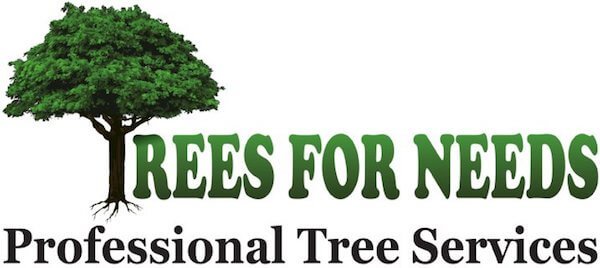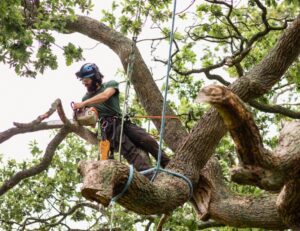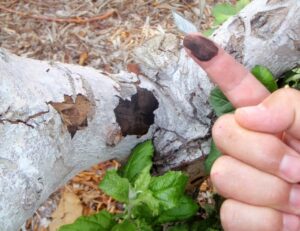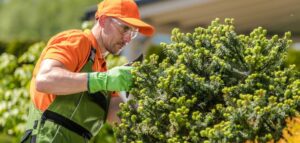A list of recommendations for tree trimming and feeding.
All trees are different and may need to have a customized plan.
– Ideal time to trim: Deciduous (Ficus, Ash, Etc.) & Pines, Citrus, Palms
– Desert Trees can be trimmed anytime of the year.
January
- Deciduous & Pines
February
- Now is a great time to schedule the first feeding of the season.
- Citrus
- Deciduous & Pines
March
- Citrus
- Deciduous & Pines
April
- Deciduous & Pines
May
- Monsoon Prep
June
- Now is a great time to schedule the second feeding of the season.
- Palms
- Be Monsoon Ready
July
- Palms
- Be Monsoon Ready
August
- Palms
- Be Monsoon Ready
September
- Now is a great time to schedule the third feeding of the season.
October
- Deciduous & Pines
November
- Deciduous & Pines
December
- Deciduous & Pines
Trees for Needs: Steps for your trees Success
- Installation and Establishment – This is where it all begins. A defective tree from the nursery can mean a lot of problems now, and in the future. Look for a tree that looks more like a bush and is not trimmed up high. This is sometimes a difficult task. Look for kinked or girdling roots, and if there are any wounds or broken branches. Planting at, or slightly above grade with the root flare exposed is important. Ideally, the right tree should not need staked, but if necessary, it should be temporary.
- Mulching – Applying a 2-3-inch layer of composted mulch is one of the best things you can do for your tree. It is not always practical in some instances, but when possible, it contributes a whole host of benefits. It helps provide oxygen, beneficial microbes, insulation, water retention, weed control and more. It takes the place of the natural litter layer that would usually be there in a natural setting.
- Water Management – This is a huge problem here. There are seemingly as many trees being overwatered as there are underwatered. Due to our very hard, compact, and salt laden soils, deep watering is very important. This is for infiltration as well as leaching the harmful, excess salts in the soil. Placement of the water source is critical also. One of the most common reasons for tree problems is improper watering. Irrigation systems take a beating here due to the harsh soil and weather conditions and should be checked regularly. A properly designed and installed system can make all the difference in your plant’s water needs.
- Pruning – This truly is an art. Way too often, improper, and unacceptable pruning practices are performed, leaving trees vulnerable, and even disfigured at times. Natural target pruning follows the science and biology of the tree to optimize its natural form, beauty, health, and to encourage quicker recovery from the cuts. Certain so-called pruning practices, such as topping and lions tailing, should never be accepted. These are harmful and even fatal to a tree.
- Feeding – High salt and compact soil make conditions very difficult for trees to get the nutrients they need. Dealing with these conditions is crucial to getting the tree the vital food it needs. The high pH locks up these minerals and it is a literal struggle between a tree’s roots and the surrounding soil. Mitigating the salt levels and encouraging a live and vibrant microbial population throughout the root zone is key.
- Plant Health Care – Why plant health care and not tree health care? Although trees are probably the largest features in the landscape, many times they share space with other plants, turf, and bushes. The way these are cared for can affect the trees as well. So, a holistic approach can identify all potential issues. An ongoing, proactive health care program can help identify, mitigate, and even prevent some diseases, insect infestations, and other adverse conditions.
Recommendations
General:
- Keep all moisture away from tree trunks. This includes water, drips, dirt, and mulch.
- Move any dirt or mulch away from trees to expose more natural root flare.
- Make sure emitters and other water sources stay away from trunks.
- If your irrigation system is close to 10 years old or older, it is highly recommended to have it inspected. Due to the harsh weather and soil conditions in Phoenix, some irrigation systems are rated for only 10 years.
- It is recommended to feed trees at least three times per year for optimal health.
- Water trees deep and infrequent.




